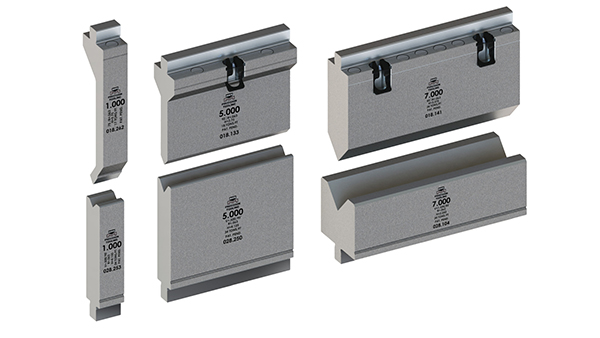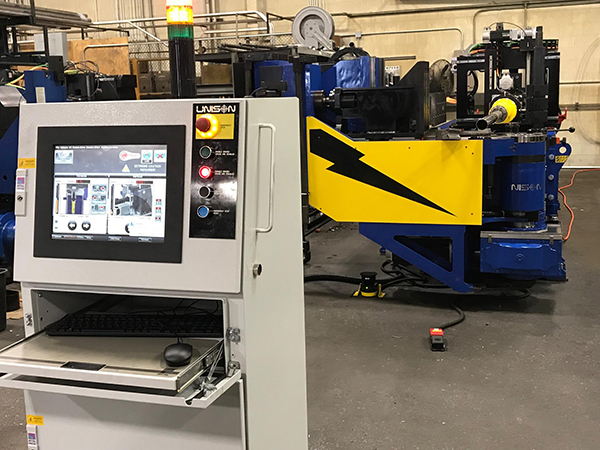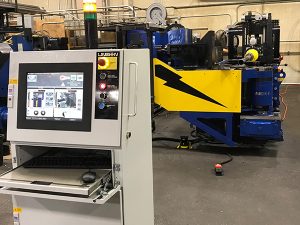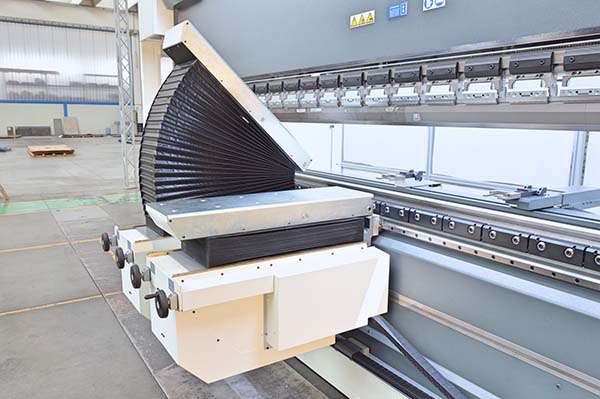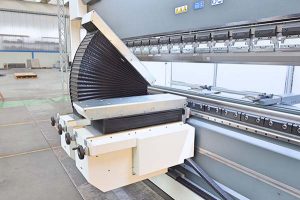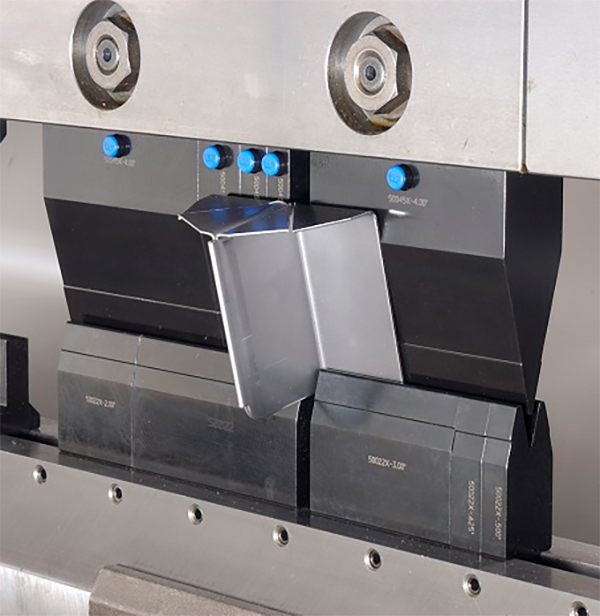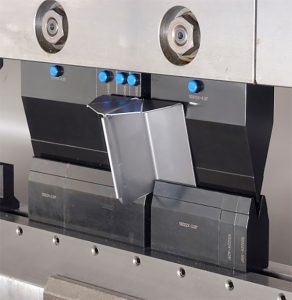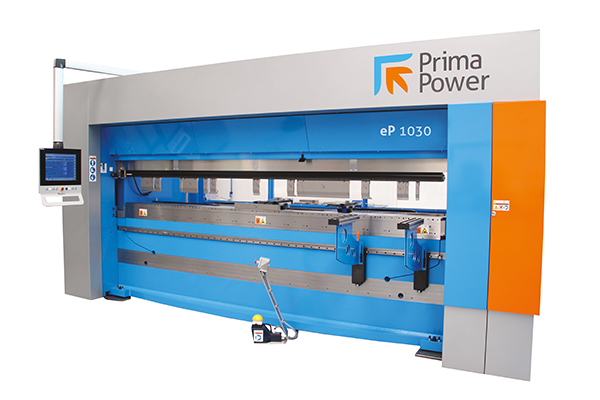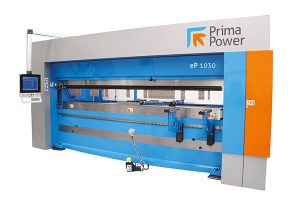Mate has expanded its press-brake tooling line with the introduction of American Precision Style tools featuring the new patent-pending Maglock magnetic safety system. Compatible with press-brake laser and optical safety systems, this full line of punches and dies is designed for press brakes configured with American-style holders and available in lengths from ½” to 18”.
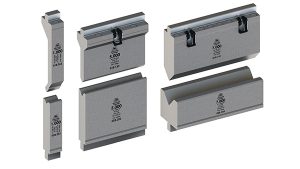
Maglock uses rare-earth magnets to attach and seat the punch to the holder with no separation between the surfaces. The magnets are specifically and proportionally added along the punch shoulder so that the ‘up force’ of the magnet is localised and directed at the contact surface of the punch holder.
Safe and reliable, installation of a Maglock punch always results in the shoulder seating on to the holder, says Mate. The strong yet balanced Maglock connection is also said to simplify lateral (left or right) position adjustments. Once the punches are seated in the desired position, the holder clamping system must be engaged. Maglock does not claim to be and is not intended to be a replacement for the holder clamping system.
Unlike punches with mechanical designs (buttons, springs or pins) that become unsafe to use if the mechanism is damaged or missing, Maglock’s non-mechanical concept works safely all the time. Mate punches with Maglock offer additional safety if electrical, hydraulic or pneumatic power to the brake is cut off or damaged. In lengths over 4”, the design includes a lever to facilitate punch removal.
The reversible/symmetrical punch tang design enables the punch to be installed facing forward or backward.
For further information www.mate.com






